Home>Home Appliances>Laundry Appliances>Why Is My Washing Machine Using Hot Water Instead Of Cold
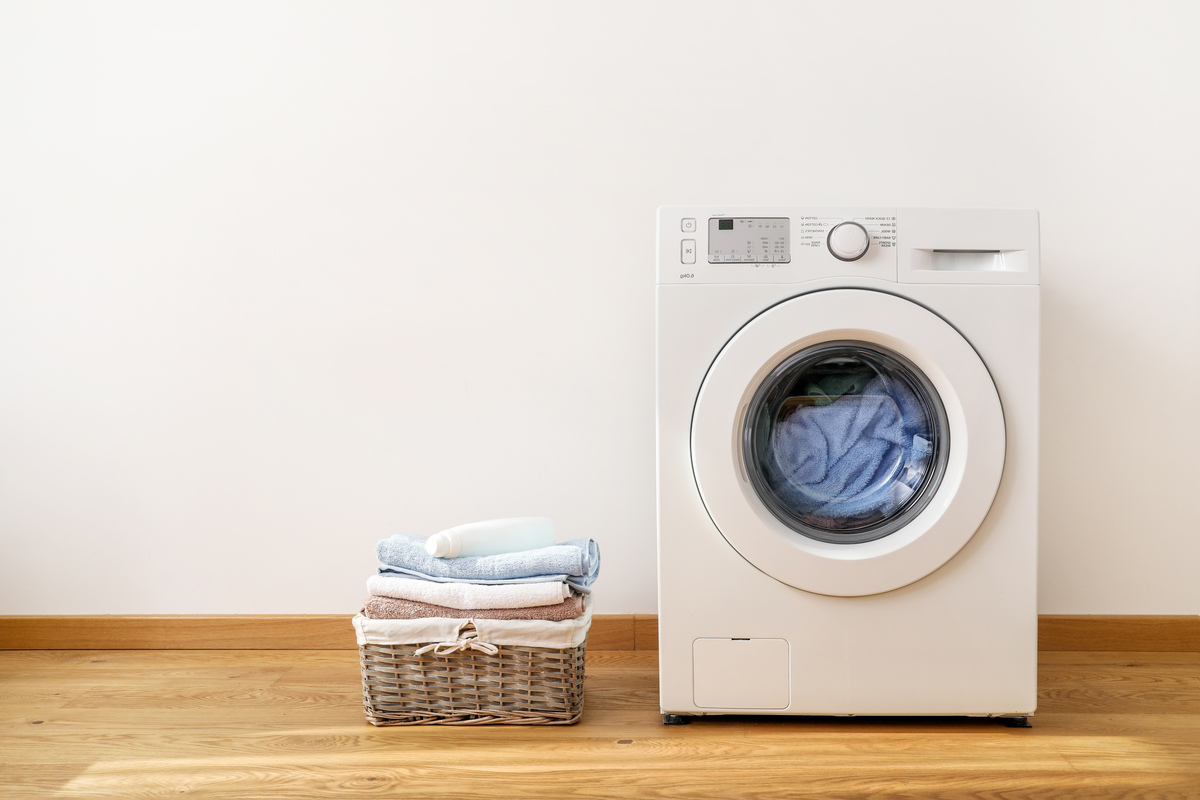

Laundry Appliances
Why Is My Washing Machine Using Hot Water Instead Of Cold
Published: February 21, 2024
Discover why your laundry appliances might be using hot water instead of cold. Find solutions to this common issue with our expert tips. Keep your washing machine running efficiently.
(Many of the links in this article redirect to a specific reviewed product. Your purchase of these products through affiliate links helps to generate commission for Storables.com, at no extra cost. Learn more)
Common Reasons for Washing Machine Using Hot Water Instead of Cold
When you expect your washing machine to use cold water for a specific laundry load, it can be quite perplexing to find that it's utilizing hot water instead. This unexpected behavior can lead to concerns about the effectiveness of the wash cycle and potential damage to delicate fabrics. Understanding the common reasons behind this issue can help you troubleshoot and resolve it effectively.
-
Incorrect Temperature Settings: One of the most common reasons for a washing machine using hot water instead of cold is incorrect temperature settings. If the machine's settings are inadvertently adjusted to a higher temperature, it will automatically draw hot water, regardless of the desired setting. It's essential to double-check the temperature settings before starting a new cycle to ensure that the appropriate water temperature is selected for the specific laundry requirements.
-
Water Inlet Valve Malfunction: Another potential cause of the washing machine using hot water instead of cold is a malfunctioning water inlet valve. This valve is responsible for controlling the flow of water into the machine and directing it to the appropriate compartment based on the selected temperature setting. If the valve is faulty or clogged, it may default to allowing only hot water to enter the machine, regardless of the selected setting.
-
Water Temperature Sensor Issues: Modern washing machines are equipped with water temperature sensors that detect the incoming water's temperature and regulate it according to the selected setting. If the sensor malfunctions or becomes inaccurate, it can lead to the machine using hot water instead of cold, even when the cold setting is chosen. Checking the functionality of the temperature sensor is crucial in diagnosing this issue.
-
Hot Water Supply Line Interference: In some cases, the hot water supply line may be inadvertently connected to the cold water inlet on the washing machine. This misconnection can result in the machine drawing hot water when the cold setting is selected. Inspecting the water supply lines and ensuring that they are correctly connected to the corresponding inlets can help identify and rectify this issue.
Understanding these common reasons for a washing machine using hot water instead of cold empowers you to address the issue effectively. By systematically checking and troubleshooting each potential cause, you can restore the correct functionality of your washing machine and ensure that it operates according to the selected temperature settings.
Key Takeaways:
- Troubleshoot temperature settings, water inlet valve, and sensor to fix washing machine using hot water instead of cold. Check connections and seek professional help if issue persists.
- Verify temperature settings, inspect water inlet valve, and sensor for washing machine using hot water instead of cold. Consider component replacement and manufacturer support for resolution.
Checking the Temperature Settings on Your Washing Machine
The first step in troubleshooting the issue of your washing machine using hot water instead of cold is to meticulously examine the temperature settings. This fundamental yet crucial aspect of the washing machine's operation directly influences the water temperature used during the wash cycle. By taking a closer look at the temperature settings, you can gain valuable insights into the potential causes of the unexpected hot water usage.
Begin by locating the temperature control panel on your washing machine. This panel typically features a range of temperature options, including cold, warm, and hot settings. It's essential to ensure that the selector or dial is accurately positioned on the desired temperature setting before initiating a new laundry cycle. In some cases, the selector may have been inadvertently turned to a higher temperature, causing the machine to draw hot water instead of cold.
Once you've identified the temperature control panel, take a moment to verify the current setting. Ensure that the indicator aligns with the cold water option if that is your intended choice for the specific laundry load. Pay close attention to any potential misalignments or deviations from the desired setting, as even a slight discrepancy can lead to the utilization of hot water.
In addition to visually inspecting the temperature settings, consider referring to the washing machine's user manual for detailed instructions on adjusting the temperature controls. The manual can provide valuable guidance on navigating the control panel and making precise temperature selections based on your laundry requirements.
Furthermore, if your washing machine is equipped with digital controls, take advantage of the display panel to confirm the selected temperature setting. Modern washing machines often feature digital interfaces that allow users to input specific temperature preferences with enhanced precision. By leveraging this technology, you can ensure that the machine accurately interprets and executes your desired temperature settings.
By thoroughly examining and confirming the temperature settings on your washing machine, you can effectively rule out any inadvertent adjustments that may be causing it to use hot water instead of cold. This proactive approach sets the foundation for a systematic troubleshooting process, enabling you to identify and address the underlying reasons for the unexpected water temperature behavior.
Potential Issues with the Water Inlet Valve
The water inlet valve plays a pivotal role in regulating the flow of water into the washing machine, directing it to the appropriate compartments based on the selected temperature setting. When this essential component encounters issues, it can lead to the washing machine using hot water instead of cold, disrupting the intended wash cycle and potentially impacting the quality of the laundry. Understanding the potential issues associated with the water inlet valve is crucial in diagnosing and resolving this common problem.
One of the primary issues that can arise with the water inlet valve is a malfunction that causes it to default to allowing only hot water to enter the machine, irrespective of the selected temperature setting. This malfunction can stem from various factors, including wear and tear over time, mineral deposits or debris accumulation within the valve, or electrical component failure. When the valve fails to accurately control the water flow based on the temperature selection, it can result in the unintended use of hot water during the wash cycle.
Furthermore, a clogged water inlet valve can impede the proper distribution of water according to the selected temperature setting. Accumulated mineral deposits, sediment, or debris within the valve can obstruct the flow of cold water, leading to an imbalance that prompts the machine to draw hot water instead. This issue can significantly impact the overall performance of the washing machine, causing disruptions in the water supply and compromising the effectiveness of the wash cycle.
In some cases, the water inlet valve may experience mechanical failures that hinder its ability to effectively regulate the water flow. This can manifest as a situation where the valve remains stuck in a position that favors hot water, regardless of the selected temperature setting. Mechanical malfunctions can stem from internal component damage, wear and tear, or issues with the valve's actuator mechanism, ultimately resulting in the unintended utilization of hot water during the laundry process.
Addressing potential issues with the water inlet valve requires a systematic approach that involves inspecting, cleaning, and, if necessary, repairing or replacing the valve. By meticulously examining the valve for signs of malfunction, such as electrical irregularities, mineral buildup, or mechanical obstructions, you can gain valuable insights into the underlying reasons for the washing machine using hot water instead of cold. This proactive troubleshooting approach sets the stage for effectively restoring the proper functionality of the water inlet valve and ensuring that the washing machine operates according to the intended temperature settings.
Check the water inlet hoses to make sure they are connected to the correct faucets. Also, check the settings on the washing machine to ensure the cold water option is selected. If the issue persists, it may be a problem with the water inlet valve and may require professional repair.
Problems with the Water Temperature Sensor
The water temperature sensor in a modern washing machine serves as a critical component that enables the appliance to accurately detect and regulate the temperature of the incoming water. However, when this sensor encounters problems, it can lead to significant disruptions in the intended wash cycle, potentially causing the washing machine to use hot water instead of cold. Understanding the potential issues associated with the water temperature sensor is essential in diagnosing and addressing this common concern.
One of the primary problems that can arise with the water temperature sensor is sensor malfunction or inaccuracy. Over time, the sensor may experience wear and tear, electrical irregularities, or calibration issues, leading to inaccurate temperature readings. When the sensor fails to precisely detect the incoming water's temperature, it can inadvertently signal the washing machine to utilize hot water, even when the cold setting is selected. This discrepancy between the actual water temperature and the sensor's readings can result in the unintended use of hot water, impacting the overall effectiveness of the wash cycle.
Additionally, environmental factors and external influences can contribute to water temperature sensor issues. Exposure to moisture, humidity, or temperature fluctuations within the washing machine's internal environment can affect the sensor's performance over time. Moisture ingress or condensation within the sensor housing can lead to electrical shorts or corrosion, compromising its ability to accurately gauge the water temperature. Furthermore, prolonged exposure to high temperatures or mechanical stress within the washing machine can degrade the sensor's functionality, leading to inconsistencies in temperature detection and regulation.
Furthermore, the water temperature sensor's connection to the washing machine's control system is crucial for seamless operation. Any disruptions or faults in the sensor's electrical connections, wiring, or interface with the control unit can lead to miscommunication and erroneous temperature readings. This can result in the washing machine using hot water instead of cold, as the control system relies on accurate sensor data to determine the appropriate water temperature for the selected wash cycle.
Addressing problems with the water temperature sensor necessitates a meticulous approach that involves inspecting, testing, and, if necessary, recalibrating or replacing the sensor. By systematically evaluating the sensor's functionality, electrical connections, and environmental conditions, you can gain valuable insights into the underlying reasons for the unexpected hot water usage. This proactive troubleshooting approach sets the stage for effectively restoring the proper functionality of the water temperature sensor and ensuring that the washing machine operates according to the intended temperature settings.
Troubleshooting the Hot Water Supply Line
Troubleshooting the hot water supply line is a critical step in addressing the issue of a washing machine using hot water instead of cold. The hot water supply line plays a pivotal role in delivering water to the washing machine, and any irregularities or misconfigurations in this component can lead to unexpected water temperature behaviors during the wash cycle.
Begin the troubleshooting process by visually inspecting the hot water supply line connected to the washing machine. Ensure that the line is correctly routed and connected to the designated hot water inlet on the machine. Any misconnections or cross-contamination between the hot and cold water supply lines can result in the washing machine drawing hot water when the cold setting is selected. By verifying the proper alignment and connection of the hot water supply line, you can rule out potential installation or routing errors that may be contributing to the issue.
Next, assess the condition of the hot water supply line for any signs of damage, kinks, or blockages. A damaged or kinked supply line can disrupt the flow of water, leading to irregularities in the water temperature delivered to the washing machine. Additionally, obstructions or blockages within the supply line can impede the smooth flow of hot water, causing fluctuations in temperature and potentially influencing the washing machine's water intake behavior.
In some cases, the hot water supply line may be affected by external factors such as sediment buildup, mineral deposits, or corrosion. These issues can compromise the integrity of the supply line, impacting its ability to deliver hot water consistently and reliably. By examining the interior of the supply line for any accumulations or corrosion, you can gain valuable insights into potential factors contributing to the washing machine using hot water instead of cold.
Furthermore, consider evaluating the overall water pressure and temperature consistency within the hot water supply line. Fluctuations in water pressure or temperature irregularities can influence the washing machine's water intake behavior, leading to unexpected hot water usage. By assessing the hot water supply line's performance under varying conditions, you can identify any anomalies that may be affecting its ability to deliver consistent temperatures to the washing machine.
By systematically troubleshooting the hot water supply line, you can gain valuable insights into potential factors contributing to the washing machine using hot water instead of cold. This proactive approach sets the foundation for effectively addressing any irregularities or issues within the supply line, ultimately restoring the proper functionality of the washing machine's water intake system.
Steps to Take if Your Washing Machine Continues to Use Hot Water
If your washing machine persists in using hot water instead of cold, despite thorough troubleshooting and corrective measures, it's essential to take specific steps to address this persistent issue. By following a systematic approach and leveraging targeted solutions, you can effectively mitigate the continued usage of hot water and restore the intended functionality of your washing machine.
-
Professional Inspection: Consider seeking the expertise of a qualified appliance repair technician to conduct a comprehensive inspection of your washing machine. Professional technicians possess the knowledge and diagnostic capabilities to identify underlying mechanical, electrical, or technical issues that may be contributing to the persistent use of hot water. Their assessment can provide valuable insights and targeted solutions to rectify the problem effectively.
-
Component Replacement: If the troubleshooting efforts reveal specific components, such as the water inlet valve, temperature sensor, or control unit, to be faulty or malfunctioning, consider replacing these components to restore the proper operation of your washing machine. Replacing worn-out or damaged parts can significantly impact the machine's ability to accurately regulate water temperature and intake, addressing the root cause of the hot water usage.
-
Calibration and Programming: Explore the calibration and programming options available for your washing machine, especially if it features advanced digital controls or temperature management settings. Calibration adjustments and reprogramming the temperature control parameters can recalibrate the machine's water intake system, ensuring that it accurately adheres to the selected temperature settings without defaulting to hot water.
-
Water Supply Line Verification: Revisit the installation and configuration of the water supply lines connected to your washing machine. Verify that the hot and cold water supply lines are correctly aligned and connected to the designated inlets. Additionally, assess the overall integrity and performance of the water supply lines to rule out any persistent issues that may be influencing the machine's water temperature behavior.
-
Manufacturer Support: Reach out to the manufacturer of your washing machine for technical support and guidance. Manufacturers often provide valuable resources, including troubleshooting guides, technical documentation, and customer support channels, to assist users in addressing persistent operational issues. Leveraging manufacturer support can offer tailored insights and recommendations specific to your washing machine model.
By diligently implementing these steps and exploring targeted solutions, you can effectively address the continued usage of hot water by your washing machine. This proactive approach empowers you to navigate the complexities of appliance troubleshooting and restoration, ultimately ensuring that your washing machine operates according to the intended temperature settings, delivering optimal performance and laundry care.
Frequently Asked Questions about Why Is My Washing Machine Using Hot Water Instead Of Cold
Was this page helpful?
At Storables.com, we guarantee accurate and reliable information. Our content, validated by Expert Board Contributors, is crafted following stringent Editorial Policies. We're committed to providing you with well-researched, expert-backed insights for all your informational needs.

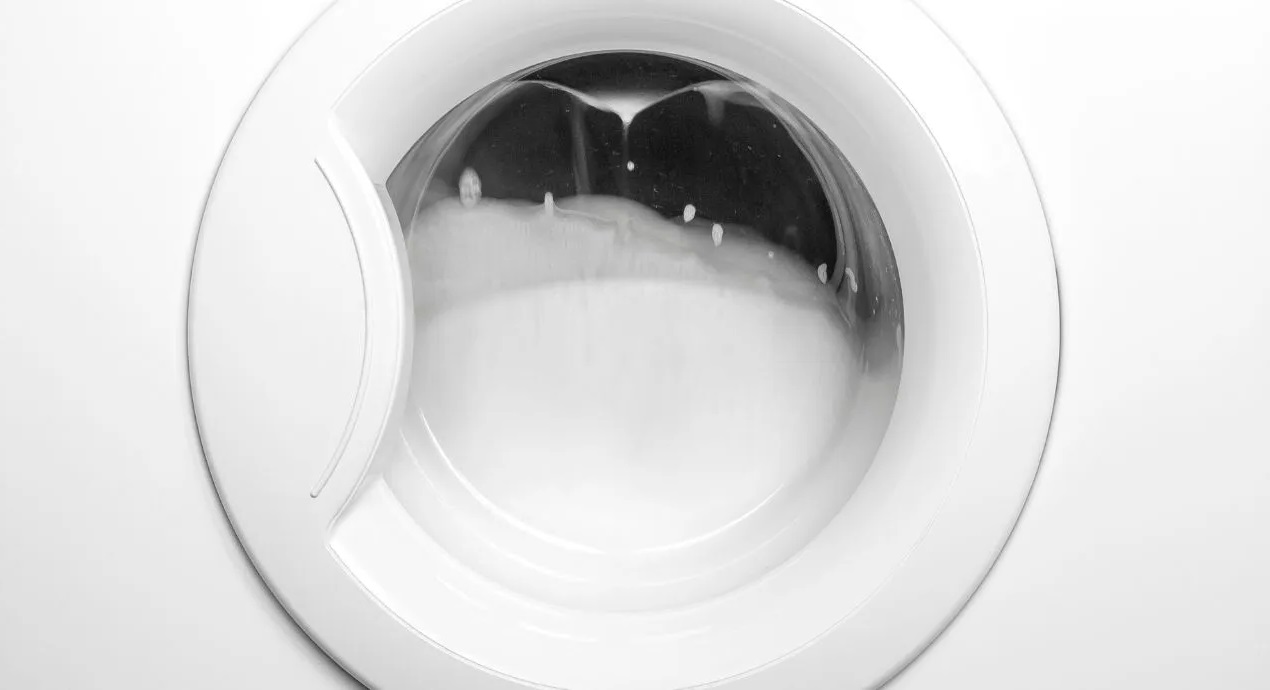

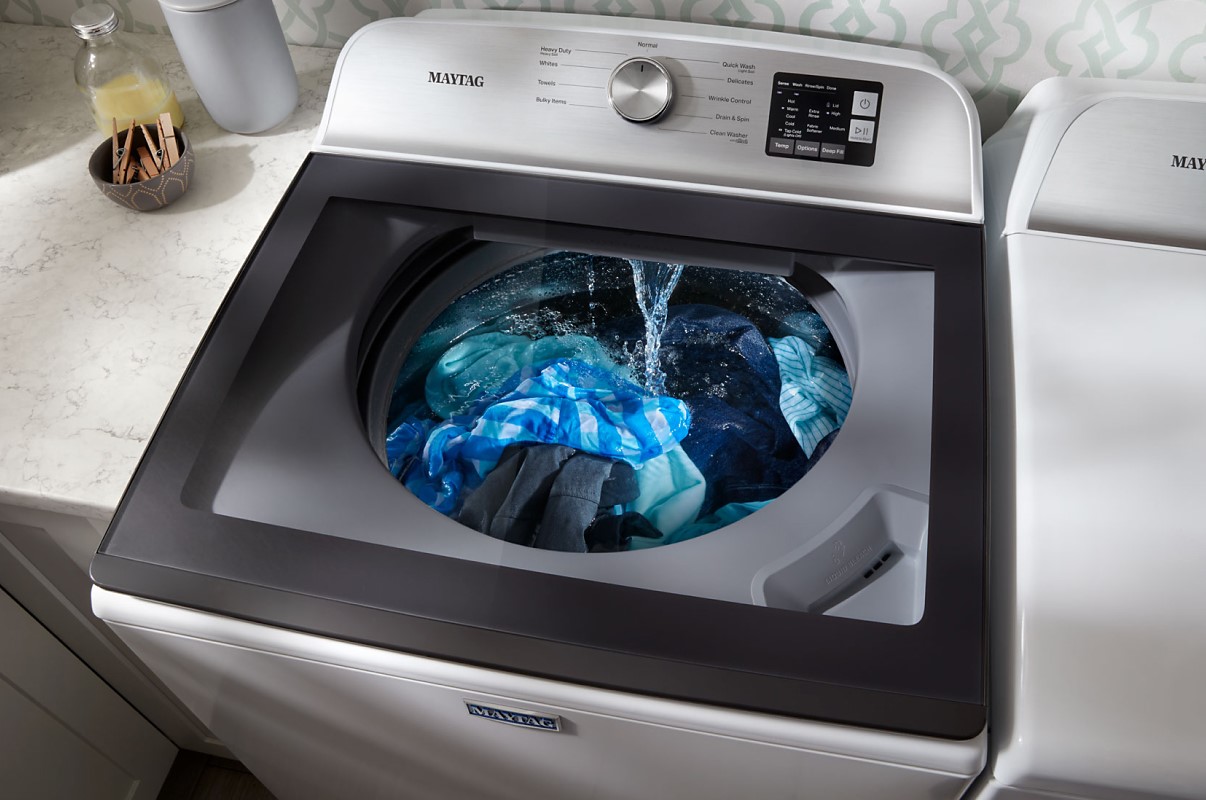
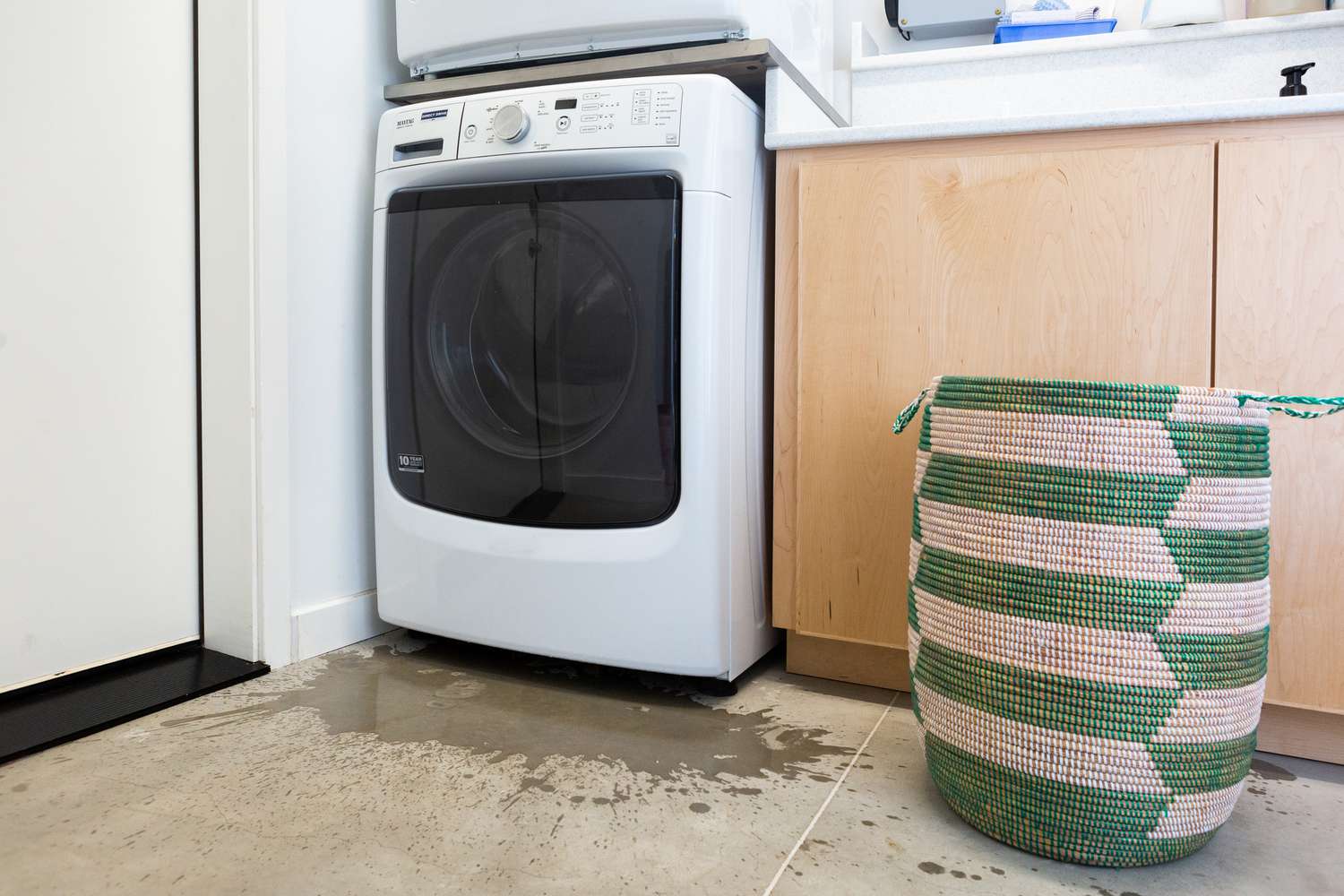
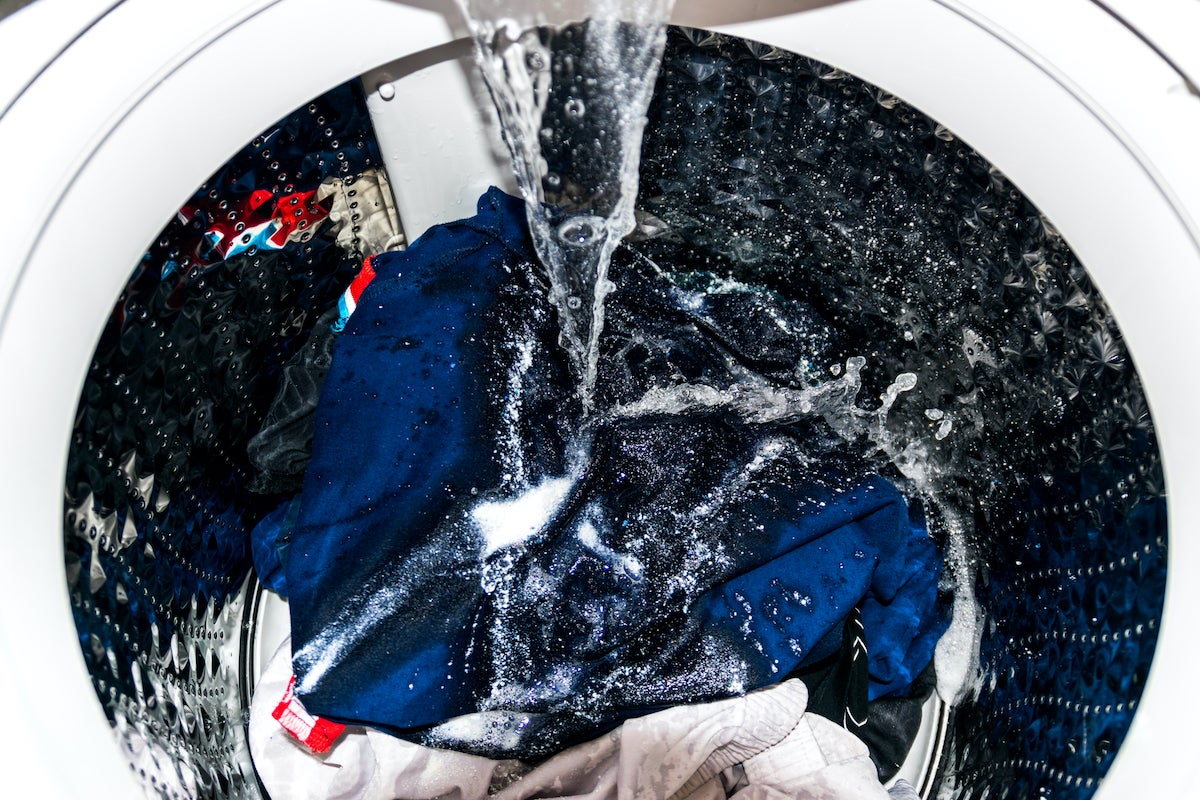
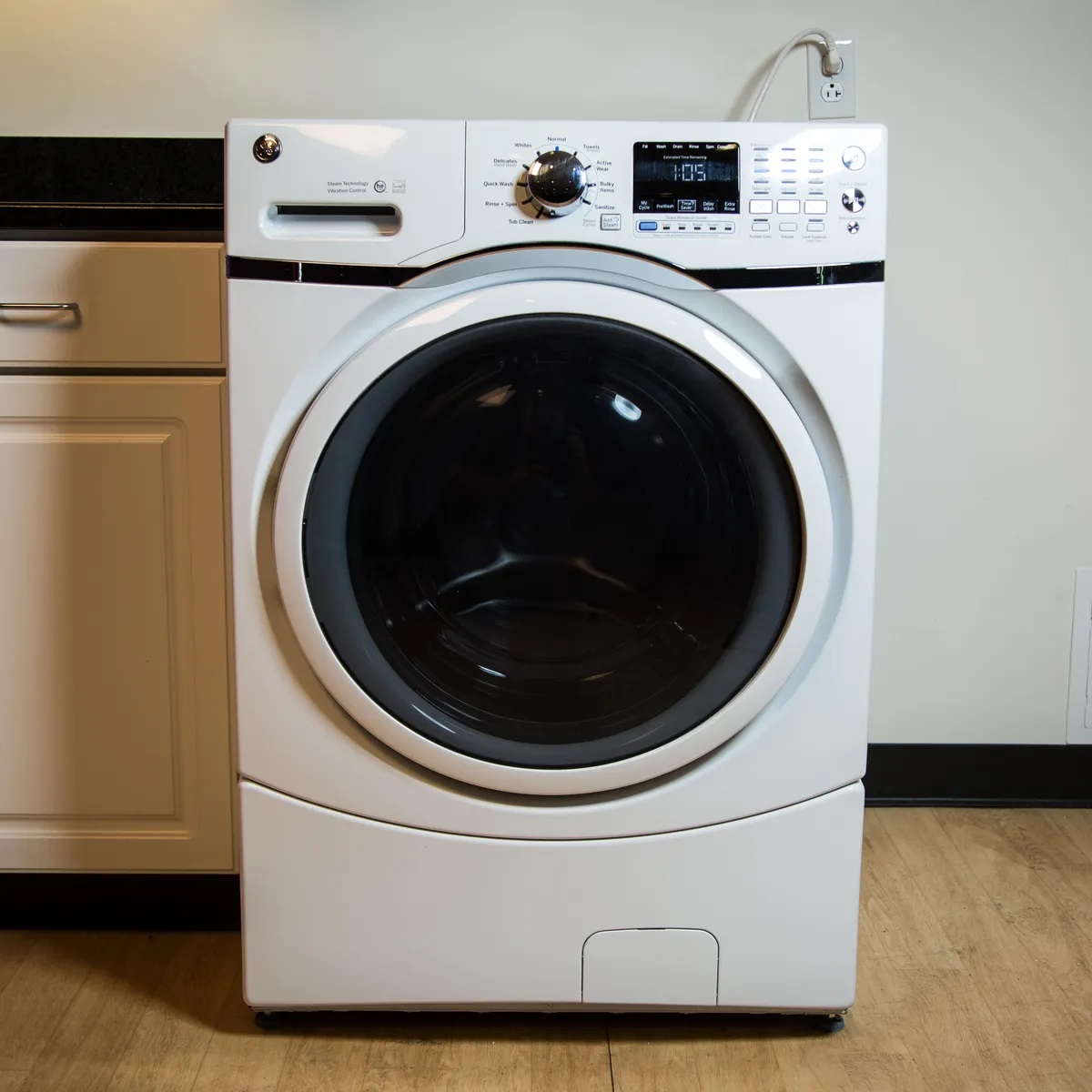
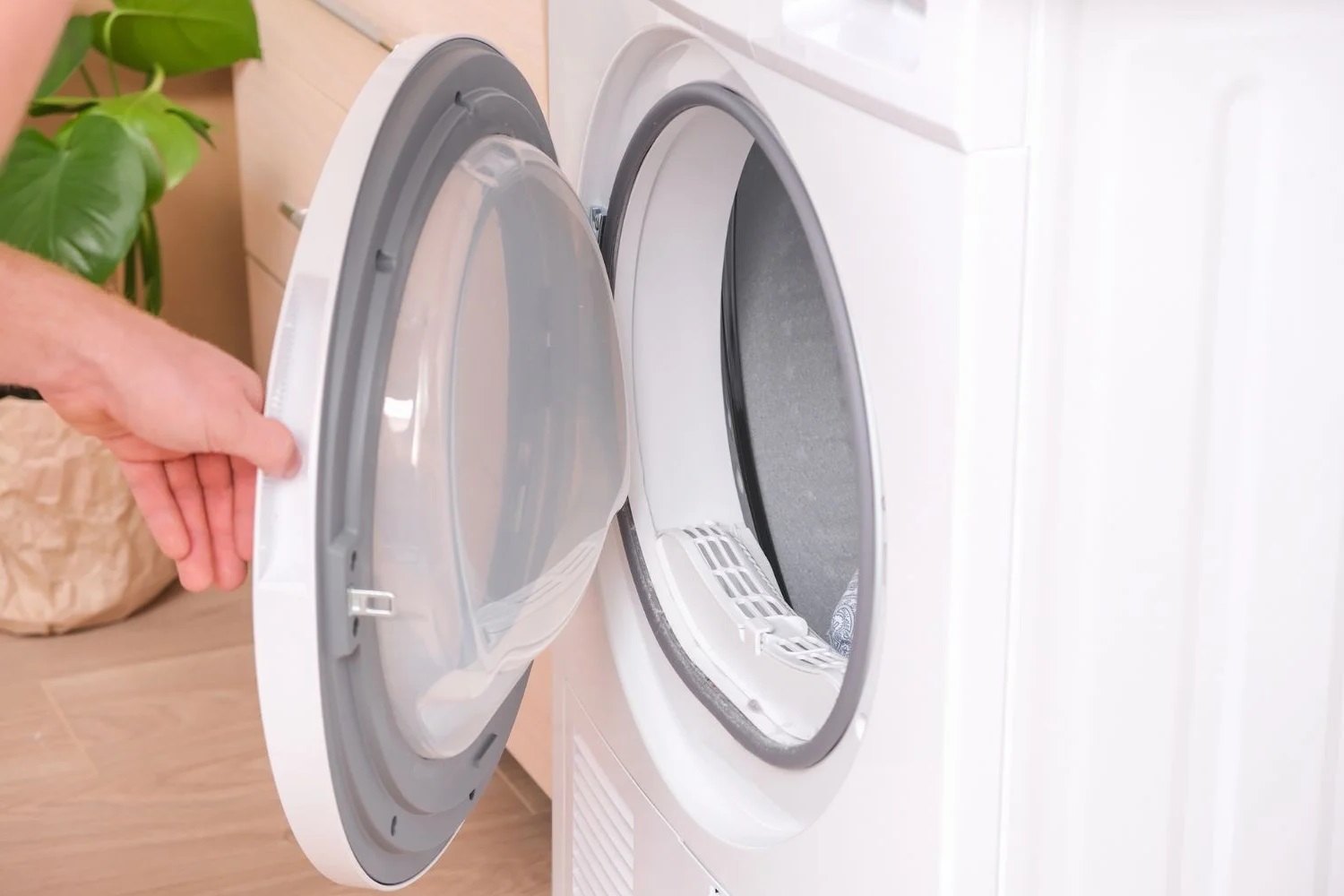
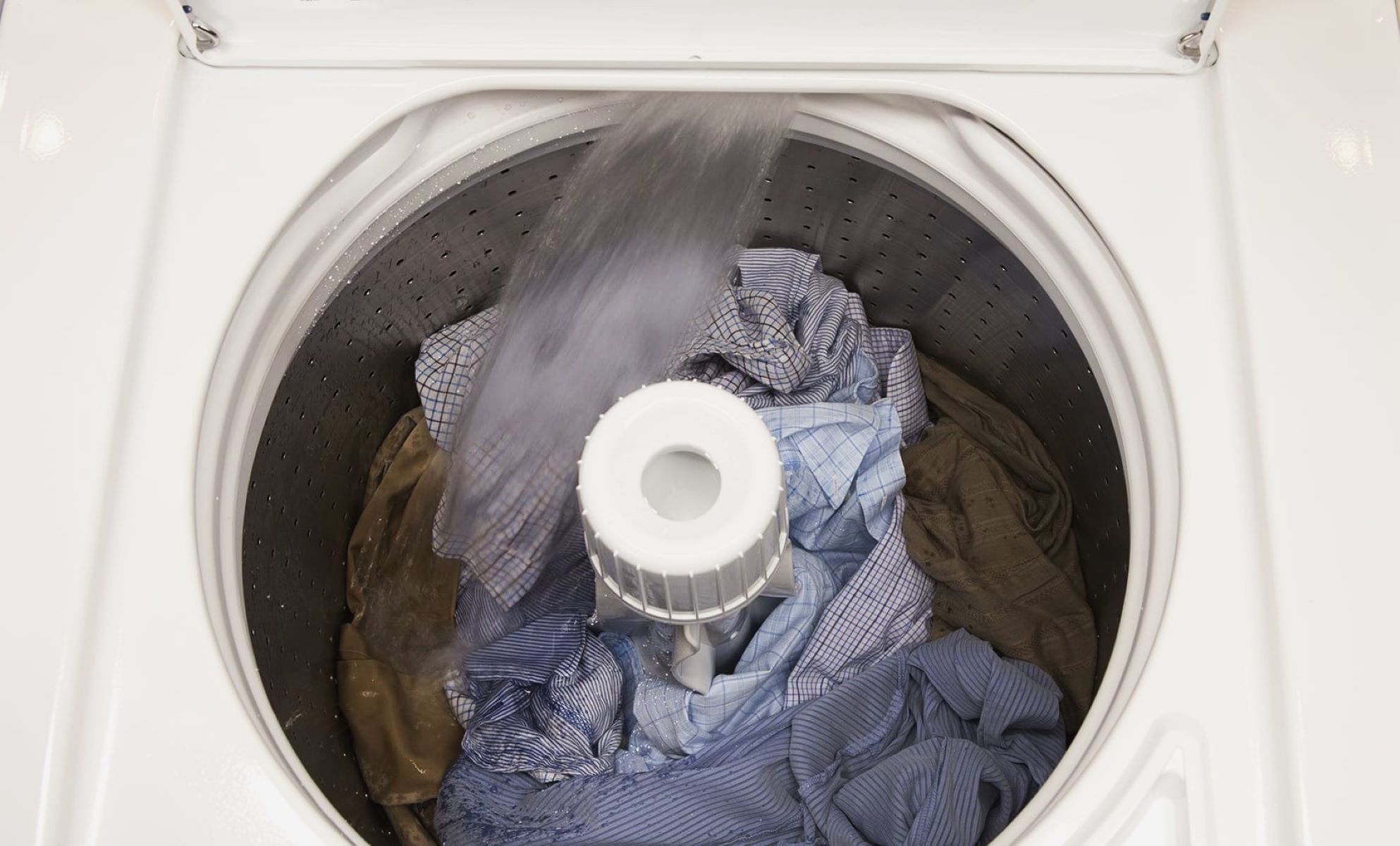
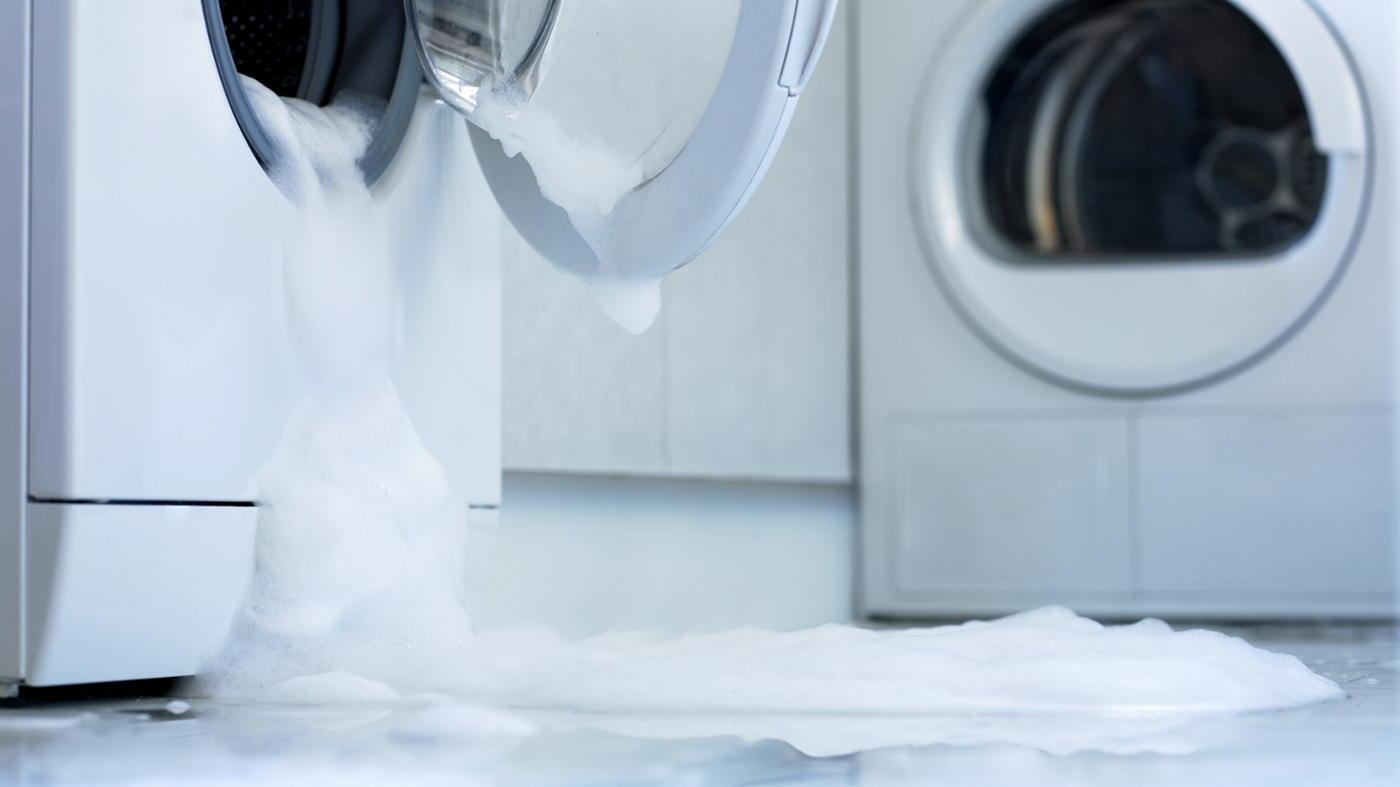
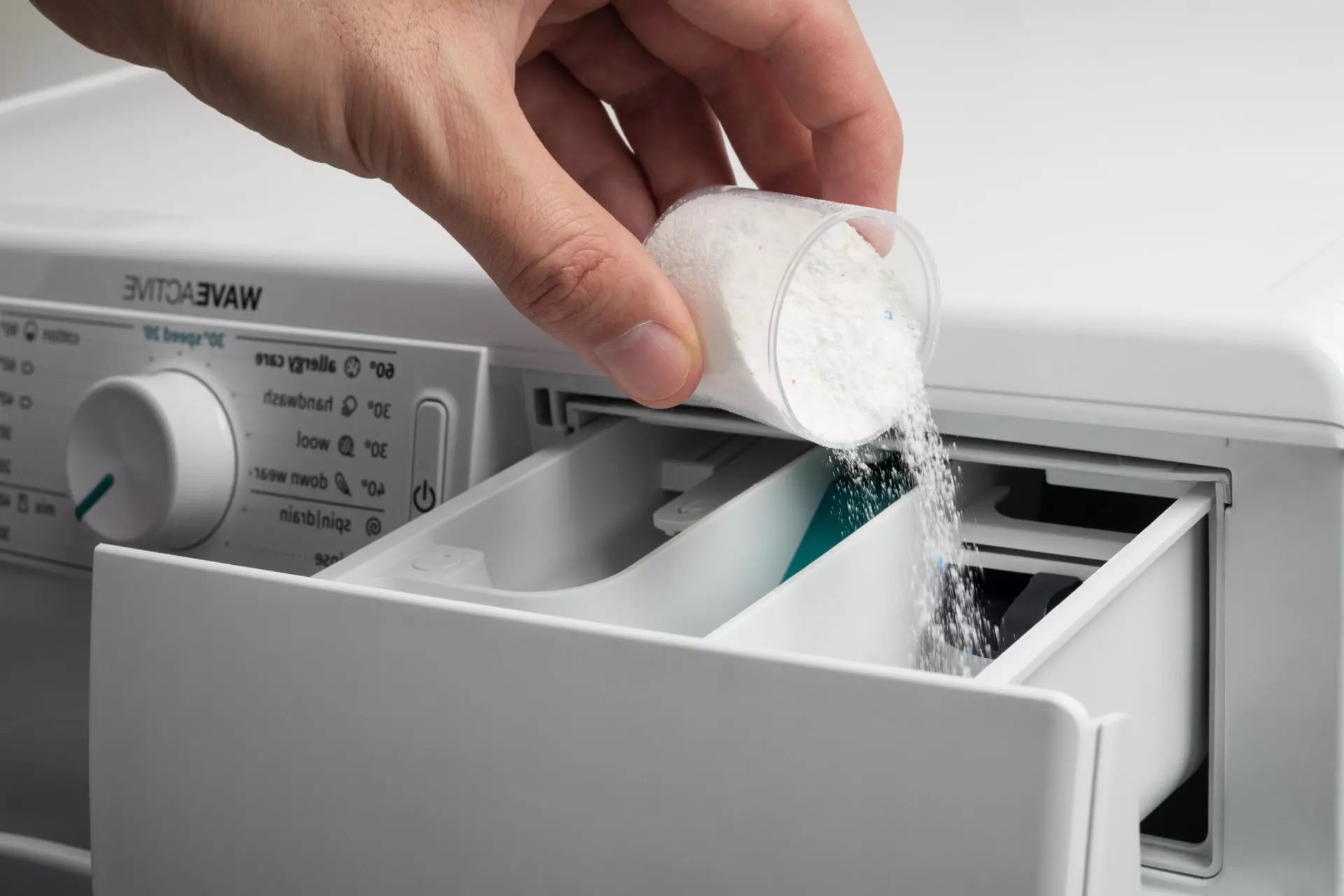
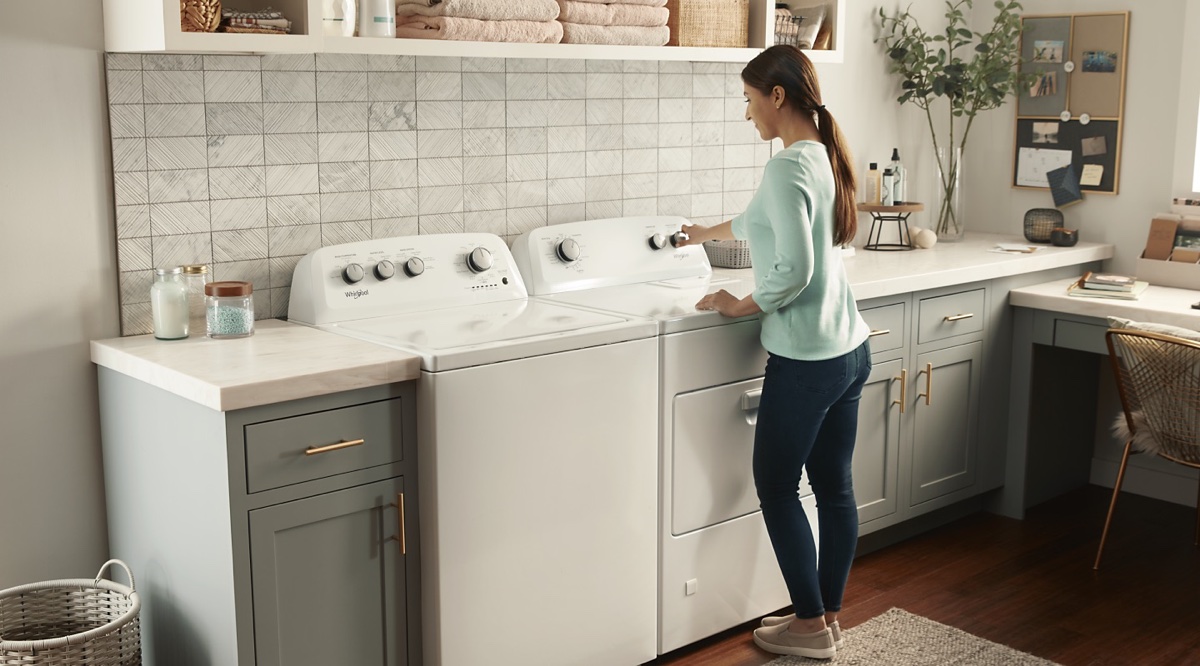
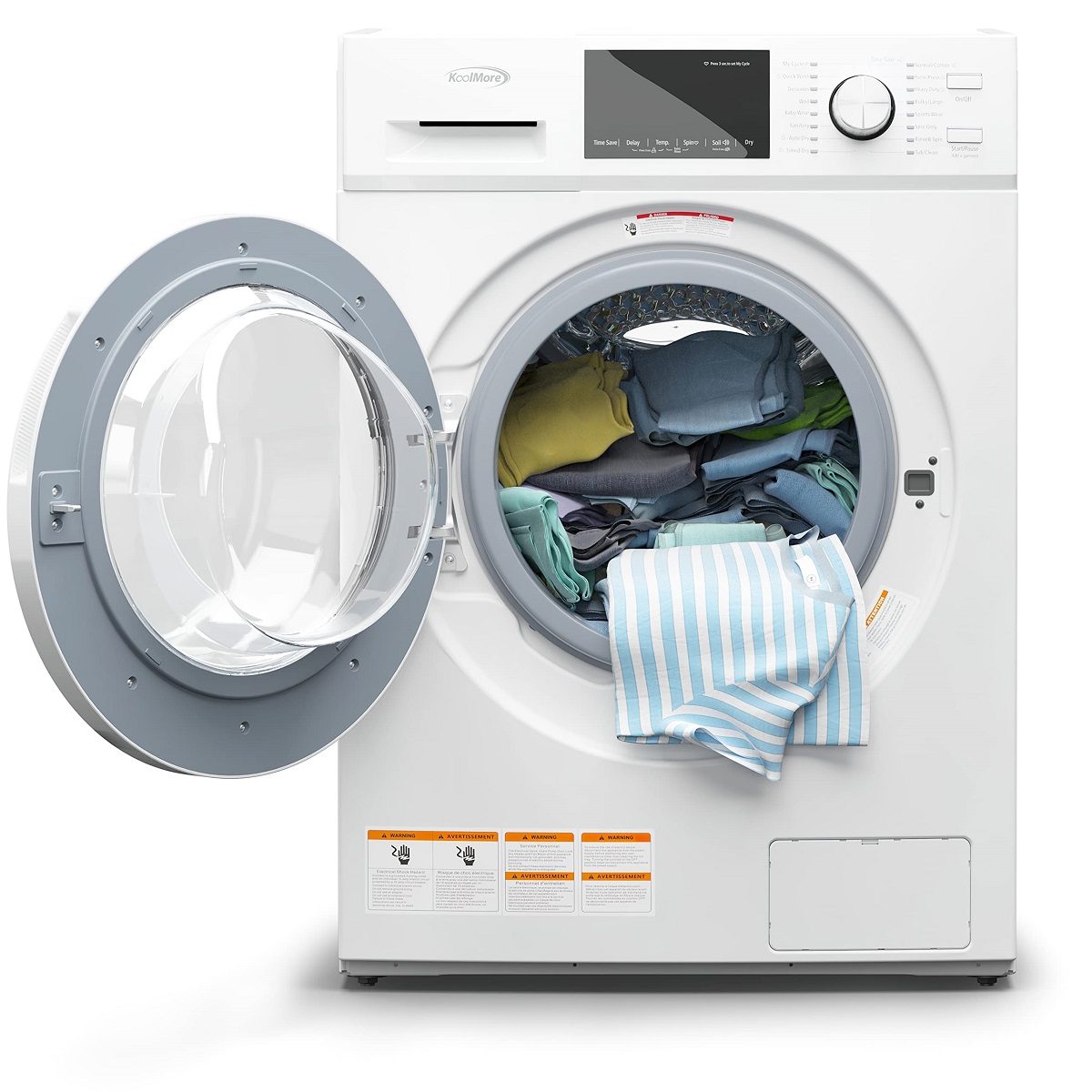
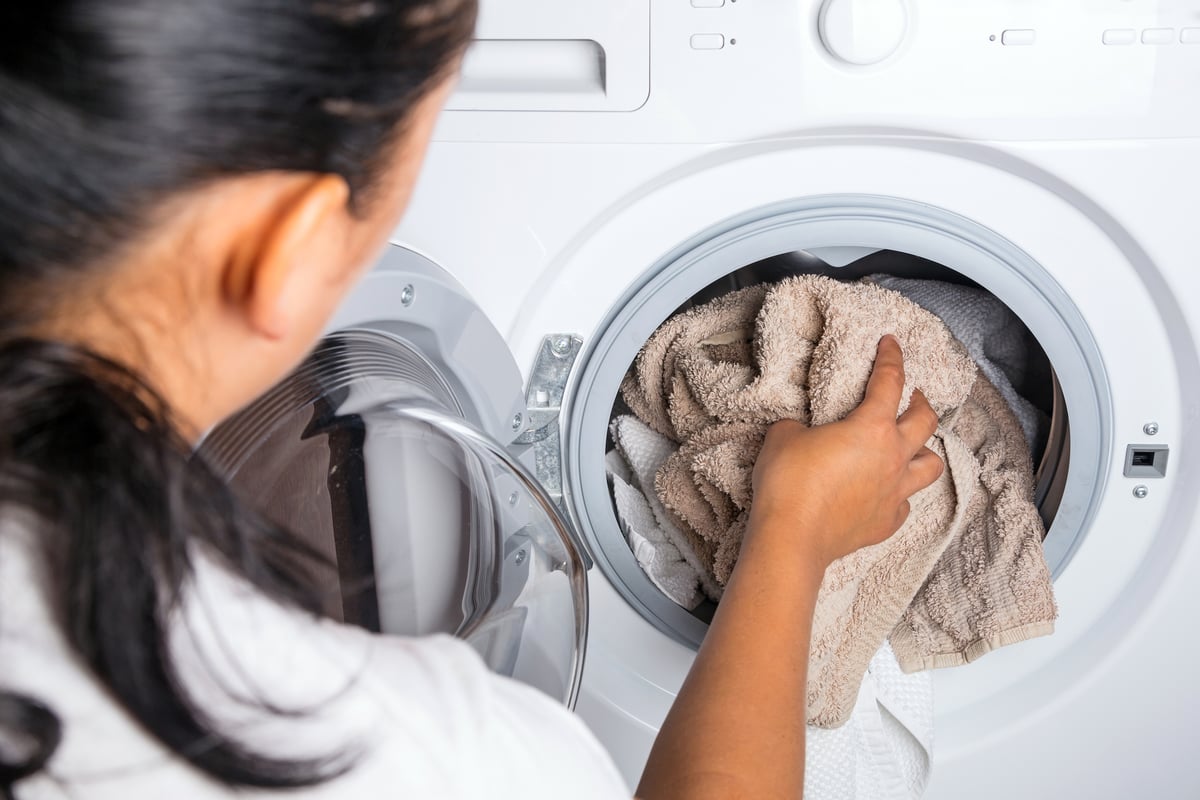

0 thoughts on “Why Is My Washing Machine Using Hot Water Instead Of Cold”